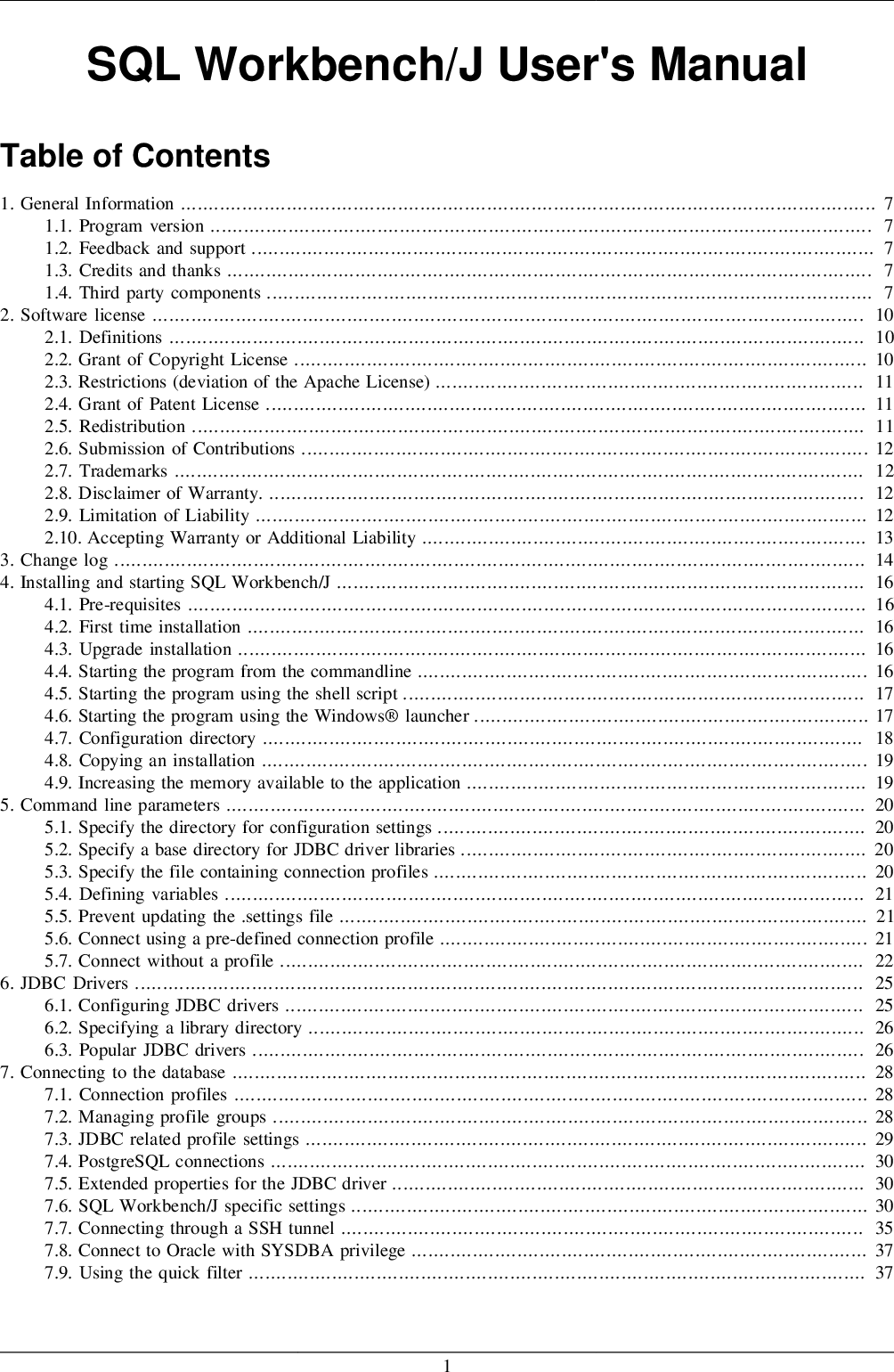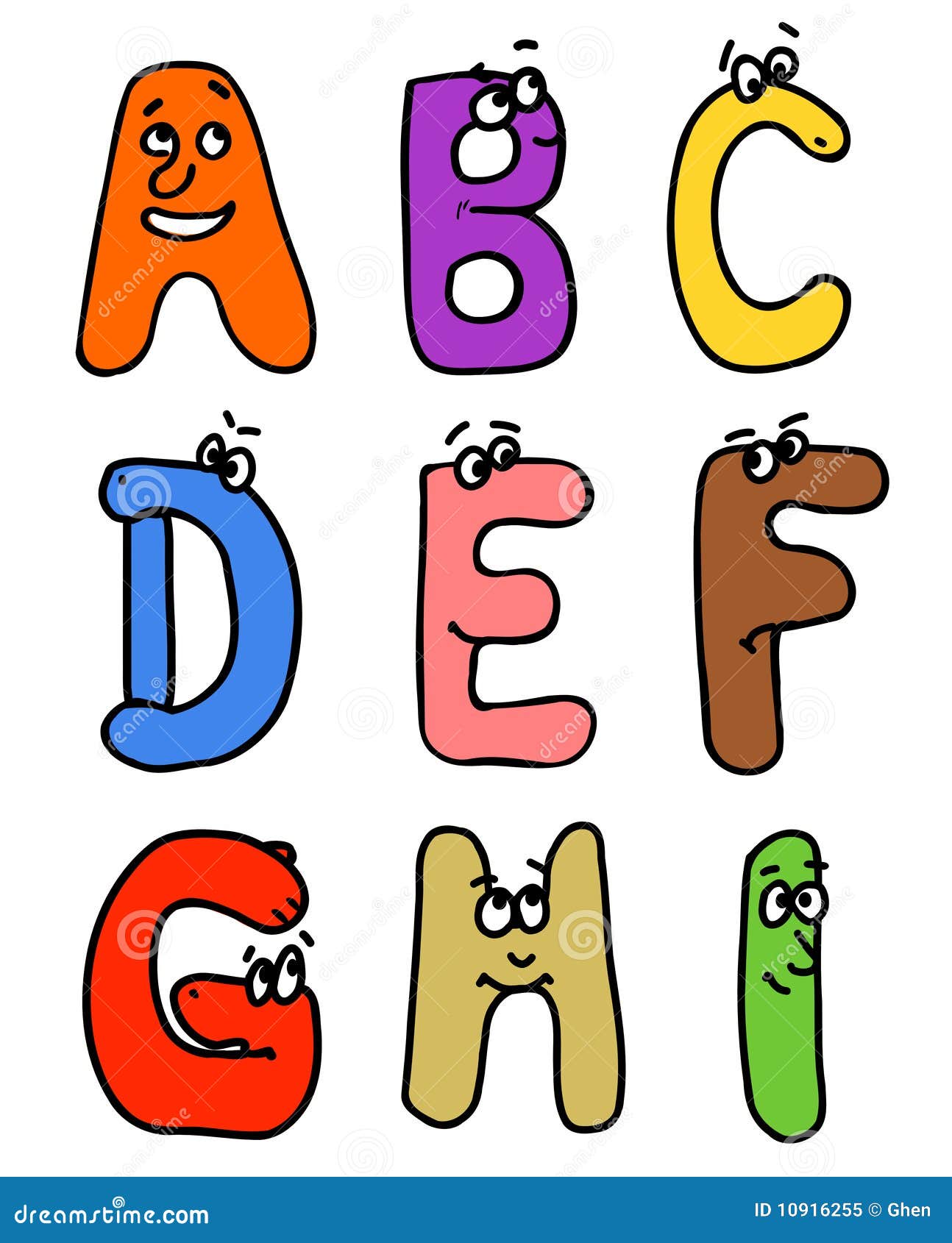The first characteristic of an invalid number is one that contains anything else than a digit . Since our program performs its operations on decimal numbers, we need to allow the number to have a decimal portion. Instead of expecting numeric values from the user, we will request arrays of characters. We will use the isdigit() function to examine each character entered in order to find out whether any one of them is not a digit. Also, we will allow the user to type a period that separates the decimal part of a number. If any of the characters that the user entered is not a digit, we will throw a string error so a catch can deal with it.
This means that we will add a catch that is different from the other already existing ones. Cin.fail()This function returns true when an input failure occurs. In this case it would be an input that is not an integer. If the cin fails then the input buffer is kept in an error state.cin.clear()This is used to clear the error state of the buffer so that further processing of input can take place. Cin.fail() - This function returns true when an input failure occurs. This returns 1 if the program tried reading something but , it was from the end of the file.
This program starts with the try block that asks the user to enter a positive number. If the user enters an invalid value, the program examines the throw keyword. The compiler registers this string and since there was an exception, the program exits the try block and looks for the first catch block it can find. If it finds a catch that doesn't take an argument, it would still use the catch. Otherwise, you can use the catch block to display the error string that was sent by the throw keyword. In the example above, the catch uses a string as a pseudo-argument and displays it using a cout extractor.
So, how can this erroneous inputs be handled? The technique we can apply is to accept the input as a string. The analyse the string to be of the illegal types shown above using regular expressions. If the input is valid then convert it into an integer and use it in the program else display an error message. Though its possible, its very difficult to be achieved in c++.
This is mainly because , c++ doesn't support regular expressions by default, we have to make use of the regex library which is quite complex to use. But the validation of input can be handled in an efficient way with languages like java and c#. If the user enters the right values , then the compiler finds out if the operator entered was a forward slash "/" used to perform a division. If the user wants to perform a division, the compiler finds out if the second operand, the denominator, is 0. If it is, the program presents a throw that sends an integer.
Based on this exception, the compiler gets out of the try block and starts looking for a catch block that can use an integer. Therefore, the compiler looks at the next catch, if any. Our program provides a second catch that takes an integer as an argument. What is the C equivalent to the C++ cin statement? So the closest match in C is actually stdin .
If you have a C++ It corresponds to the C stream stdin. The standard input stream is a source of characters determined by the environment. It is generally assumed to be input from an external source, such as the keyboard or a file.
You need to read the input as a text string and then examine it for valid characters. The cin method will merely read characters until it finds a non-digit and return whatever value can be converted from any digits entered. Then if you use getline , it gets the newline char instead of the string you want. The cin.ignore () function is used which is used to ignore or clear one or more characters from the input buffer. To get the idea about ignore () is working, we have to see one problem, and its solution is found using the ignore () function. Sometimes we need to clear the unwanted buffer, so when next input is taken, it stores into the desired container, but not in the buffer of previous variable.
When the computer executes the preceding statement, it waits for the user to enter a value for variable number1. The user responds by typing an integer , then pressing the Enter key to send the characters to the computer. The computer converts the character representation of the number to an integer and assigns (i.e., copies) this number to the variable number1.
Any subsequent references to number1 in this program will use this same value. The last works because, if getline succeeds, it returns a value which is treated as true; if it fails, it returns a value which is treated as false. So we read the last line of the file successfully; the condition is true; we enter the loop and process this final line. We then try to read beyond the end of the file; this fails and the condition is false, so we exit the loop. When running this program, if the user types a wrong operator, the compiler considers the integer error, gets out f the try block, and looks for a catch that can use a character. The first catch can validate it and gets executed.
A special symbol called endl (END-of-Line) can be used to produce a newline. Whenever an endl is printed, there is no visible output, but the cursor advances to the beginning (left-margin) of the next line. A string, which is enclosed by a pair of double quotes, will be printed as it is, including the white spaces and punctuation marks within the double quotes. Integers and floating-point numbers (such as 1.1, 2.2) can be printed too.
The output for the above two output statements is as follows where the underscore denotes the final cursor position. Because the eof state may not get set until after a read is attempted past the end of file. That is, reading the last byte from a file might not set the eof state. Note - The function, getline() is defined in string header file.
To declare a variable that stores or receives string input using this function, you have to use string data type of string header file. When this program runs, if the user provides two valid numbers but a wrong operator, the program asks a throw to send a character that represents the error. Then, when the compiler gets out of the try block, it looks for and finds a catch clause that receives a character value.
The getline function reads in an entire line including all leading and trailing whitespace up to the point where return is entered by the user. User_string_num will be used to receive the user input as a string, while the user_converted_num will be used when converting a string to an integer. Is_num and decimal_countare accumulator variables that we'll be using through the duration of the program. Andis_num_boolwill be used to break us our of ado while loopif need be.
The analyze the string to be of the illegal types shown above using regular expressions. This instruction is an executable statement telling C++ to write the message "Hello World" on the screen. The special character sequence \n tells C++ to write out a newline character.
C++ uses a semicolon to end a statement in much the same way we use a period to end a sentence. Unlike line-oriented languages such as BASIC, the end of a line does not end a statement. The sentences in this book can span several lines—the end of a line is treated as a space separating words.
Similarly, you can put several sentences on the same line, just as you can put several C++ statements on the same line. However, most of the time your program is more readable if each statement starts on a separate line. This program gets string input from user using cin. Later on, we've also created some programs to receive string input using functions. The first version is probably the most obvious way to implement the solution. Namely, pass a string as a parameter to a function isNumber, which iterates over every single char in the string and checks with isdigit method.
When it finds the first non-number the function returns false, if none is found returns true. You can use the following template to write your C++ programs. Choose a meaningful filename for you source file that reflects the purpose of your program with file extension of ".cpp". Write your programming statements inside the body of the main() function.
Don't worry about the other terms for the time being. After clearing the input stream, we'll then need to ignore any previous input that the user has entered. This is accomplished by using the ignore() method.
The first specifies how many characters to ignore, while the second parameter specifies the last character to ignore. Also, within the for loop, we'll add an if statement to check for any instances of a period character ".". Namely, within the if block,decimal_count will be incremented for every occurrence of a period within the user_string_num. Directly after receiving user input, we'll need to check for negative integers.
By doing so, we'll use use anif statement that checks if the first character of user_string_num is a minus sign (-). The problem with this formula though, in regards to error checking, is that it validates a number yes. But, when a number followed by a letter is entered , the program would validate the number as valid. This is not good if we want correct error checking and input validation. Therefore, I've developed a solution to address the issue.
This works great but it gives me the other error I stated. This will tell cin to get rid of 100 characters or all characters until the newline character . The getline() Function, 9 and 10 use the size_t variable type, which is a special type of integer.
I'm trying to read one line at a time, of arbitrary length, from stdin at the command line. I'm not sure if I'll be able to include GNU readline and would prefer to use a library function. The documentation I've read suggests that getline ought to work, but in my experiments it doesn't block. Remove spaces,blanks from a string in C, Although scanf skips leading whitespace for most field types, %[ and %c fields are two of the three exceptions. This approach skips space Space ' ' is not the only whitespace char in C. Use int ch rather than char ch to distinctly save all the different results from getchar().
Use issapce(), it is the C standard function for detecting white-space. You will want to look at the product documentation to see if there are other built-in functions that will give the results you want. This program uses gets() to receive string input from user along with all the spaces. That is, this program doesn't skip any word from the entered string, without mattering about occurrence of spaces.
Once in "failure mode", future requests for input extraction will silently fail. Thus in our calculator program, the output prompts still print, but any requests for further extraction are ignored. A.t.q we were asked to press q after every integer input. If i go with your method then we will be able to take input only once before loop is broken. 5 will be added to sum and also multi with product. Can't we give multiple inputs and break it step by step and then print their combined average and prod as i mentioned above.
To yours input will be only once before the loop break otherwise it will run infinitely and we we will not come to conclusion. The block that is used to check for a non-zero denominator depends on the exception that validates the operators. In other words, before we check the value of the denominator, we have first made sure that a valid number was entered for the denominator. For this reason, the exception that could result from a zero denominator depends on the user first entering a valid number for the denominator.
Since a program such as this one is not prepared to multiply two strings or one number to a string , it would not know what to do. The only alternative the compiler would have is to send the problem to the operating system, hoping that the OS would know what to do. What actually happens is that, whenever the compiler is handed a task, it would try to perform the assignment.
If it can't perform the assignment, for any reason it is not prepared for, it would throw an error. Write a program that asks the user to type 5 integers and writes the average of the 5 integers. C++ Routine Description cout String output to the screen cin String input from the keyboard, but cin does not input a space character.
It stops input a string when it reads a space character. Directly after theif statement, a trailingelse statement will follow. It will contain a for loop that will iterate through the entire length of theuser_string_numvariable. Also, notice that within the test expression of the for loopwe use the .size()method in order to retrieve the number of characters within theuser_string_numvariable. The getline member function is similar to the get function.
Both functions allow a third argument that specifies the terminating character for input. Both functions reserve one character for the required terminating character. However, get leaves the terminating character in the stream and getline removes the terminating character. These seem obvious only because they are intuitive, but in fact there is some pretty wonderful functionality going on in there. The only problem is when you do not want the code to behave this way.



















































